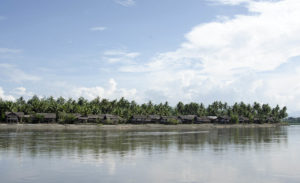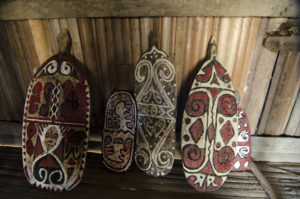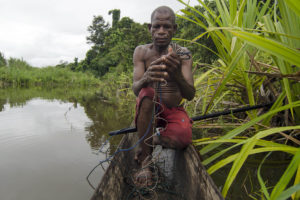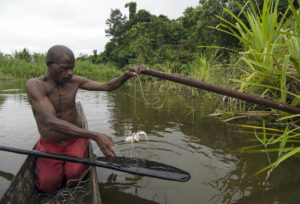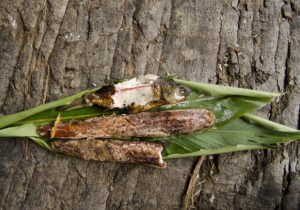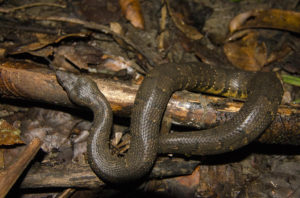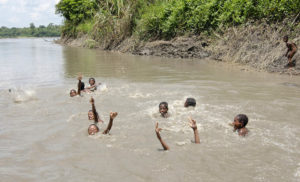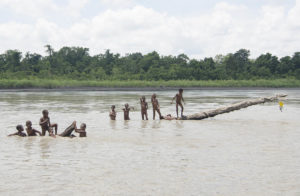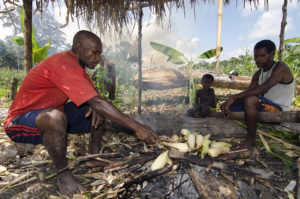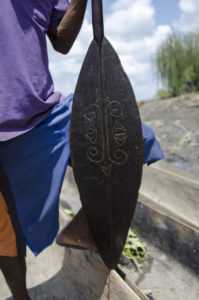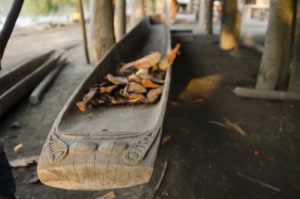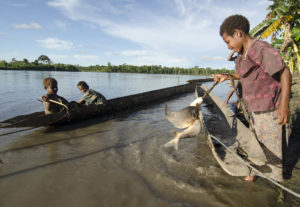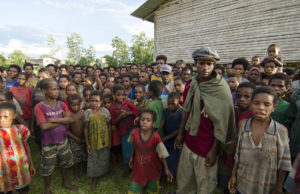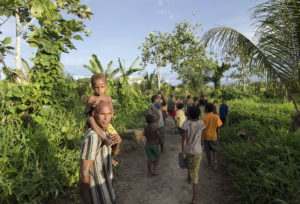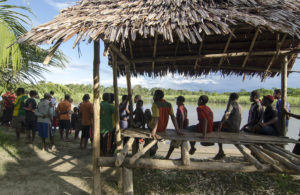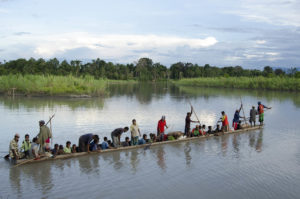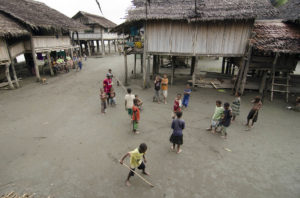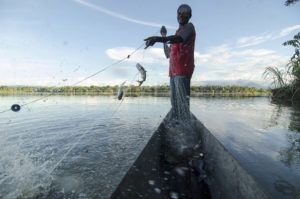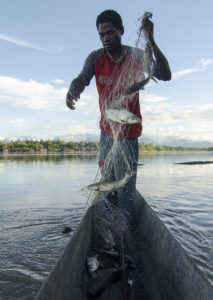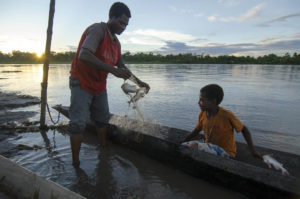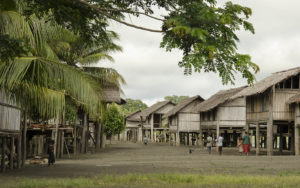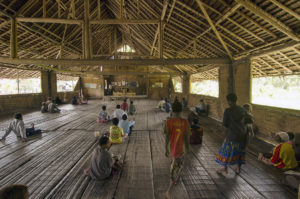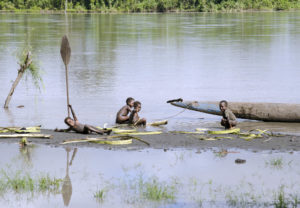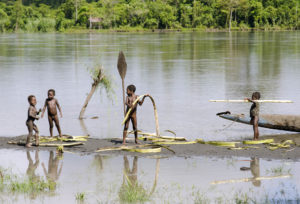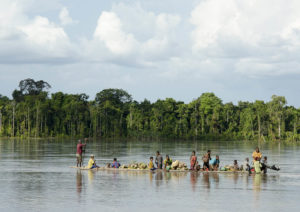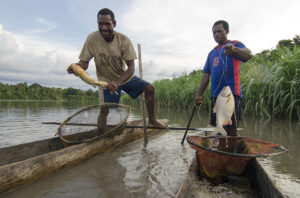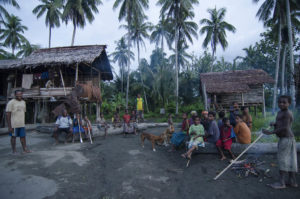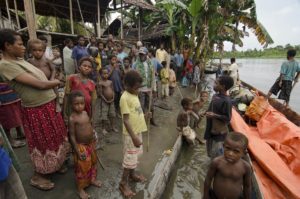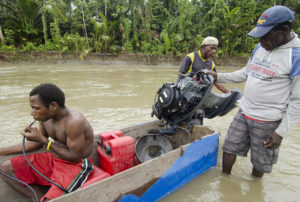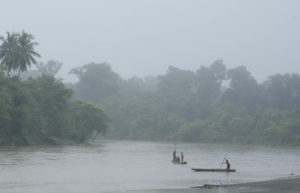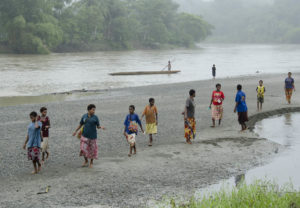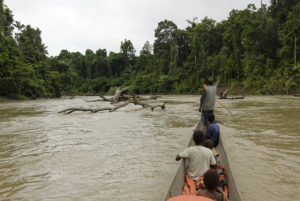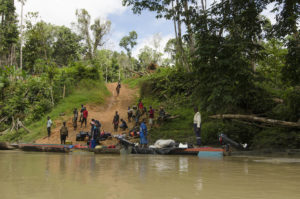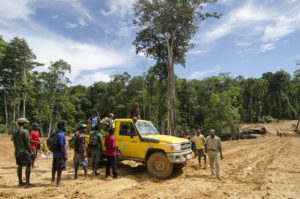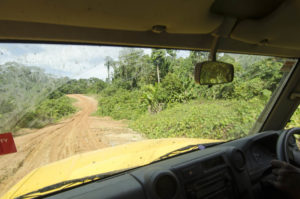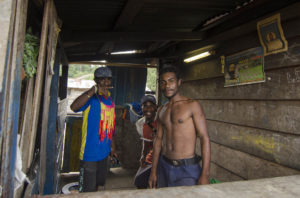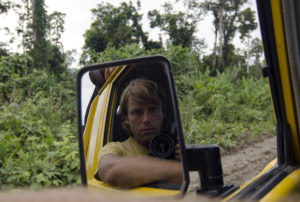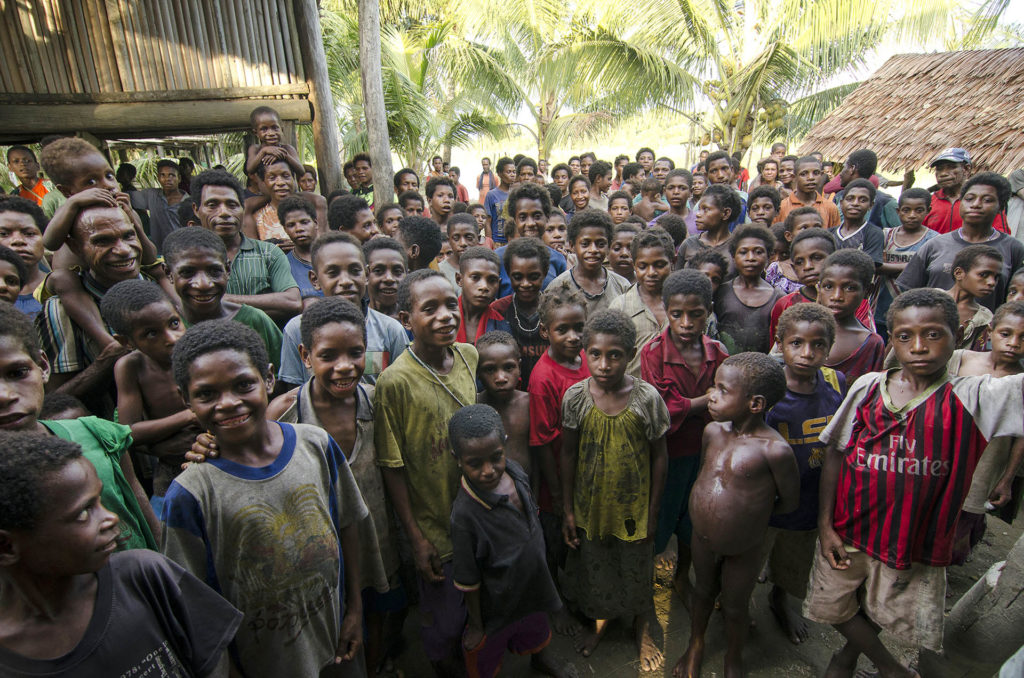
Sepik River to Vanimo (West Sepik, PNG)
The last chapter of my first journey along the Sepik River took place in Baio, a village at the confluence with Babi River. I stopped there for a few days, waiting for a boat to Vanimo.
Increasing gold mining activity on the Middle Sepik course and the May River was bringing boats on Babi River, used as a shortcut to Vanimo – the border town close to Indonesia. The boats were loaded with smoked fish and sago to be sold in Vanimo, and gold, to be smuggled into Indonesia and were bringing back imported packed food, clothes and electronics, smuggled from Indonesia, and fuel drums, to supply the camps of gold-seekers.
On the Sepik bank, the Abau people, from Baio village, were watching the boats passing by, trying to seize their cargo and guess where they were coming from. This bustling activity didn’t seem to have much impact on their lifestyle yet. But the change was on the way. Once in a while, they would go to Vanimo, to sell dry fish and sago. The small benefit could barely cover costs of transportation, but “they’ve been to town”.
When I debarked in Baio, no one familiar to them was escorting me, which seemed strange there, where people visit only their related clans. I was on my own, and they were a bit sceptical regarding this. I was hosted by the elementary school teacher. The neighbours took me along for fishing, to set traps for crocodiles or to visit their relatives along the Sepik. Soon, people started to call me according to their relationship with the teacher. I had cousins, brothers, stepbrothers, nieces, nephews etc., a whole clan. Everywhere people were making sure that I know their degree of kinship with me.
“White man! White man!” I could hear everywhere I arrived and the whole community was coming to see the thing.
“After death people live underground and they are white skin.” “They have cities underground.” “Someone told us, the missionaries go many times there (underground) and they make a lot of money.”
It happened, a few times, that someone came to me crying. I was a dead relative. When I was unexpectedly meeting someone, outside the village, he/she would literary run scared.
The people still live there on sago and fish, in houses made of wood and leaves. The community is defined by the relations between clans and controlled by ancestors’ spirits, taboos and sorcery. But they are Protestants. Missionaries arrived there in the seventies and convinced the people to leave the pagan traditions, their tambaran (cult house) and ritual artefacts.
After one week in Baio, I hopped on a boat to Stone Pass (upstream the Babi River) and then in a car to Vanimo. On the way, I saw palm-oil plantations, logging camps and machines – operated by Asians, working to extend the road. Three years after, on the same road, the plantations spread almost everywhere. Six years later, I could spot only patches of the old forest.
Below I post photos from my first trip to Baio, in 2012.
